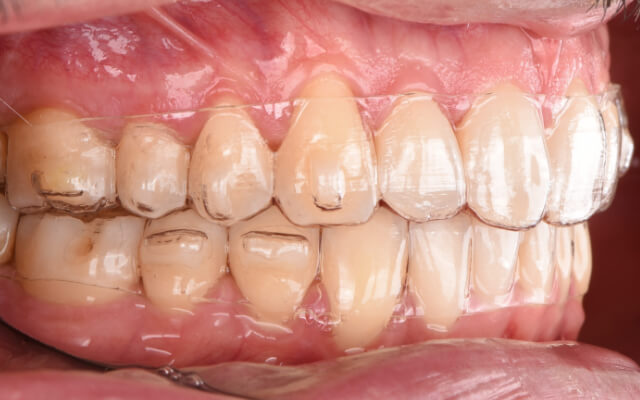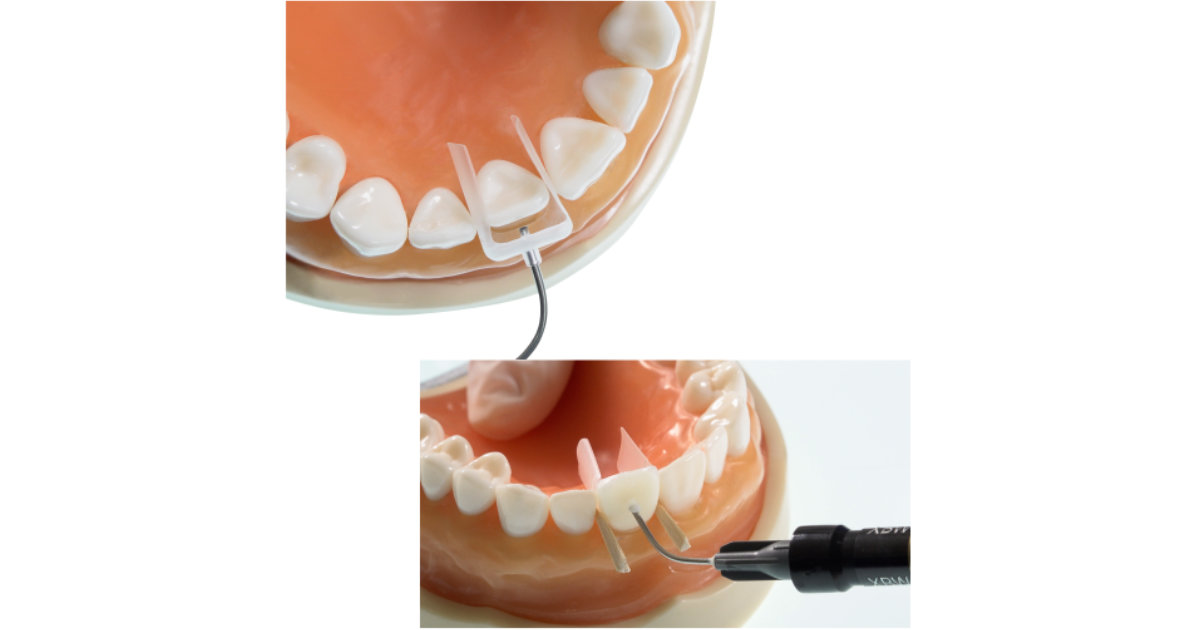A smile speaks a lot about us and is often the first thing people notice about a person. Do you smile as often and genuinely as you'd like? Are the color/appearance of your teeth hindering you?
To talk about teeth whitening, which restores your confidence and brings a glow to your face, let's first discuss what primarily causes stains and yellow teeth.
Why do stains appear on teeth?
Tooth enamel, the outer part of the tooth, covers the dentin, which is responsible for the whiteness of the tooth. Over time, the enamel becomes thinner, making dentin, which is yellowish in color, more visible.
The main causes of teeth darkening are widely known - colored drinks, food, and, most significantly, smoking.
Of course, before focusing on aesthetics and the color shades of teeth, you should prioritize having healthy teeth. However, after taking care of that, you can proceed with stain removal and teeth whitening. We'll first list a few examples of how you can remove stains and whiten your teeth at home and then explain how dentists do it in their offices and clinics.
Teeth whitening at home - simple, affordable, but not as effective
Teeth whitening strips can be found in drugstores and pharmacies. They are easy to use, affordable, and provide optimal results, but the outcomes may take longer, depending on the strength of peroxide in the strips.
Toothpaste for whitening teeth is ideal for mildly removing surface stains. Some toothpaste may have additional substances and chemicals that are more effective in removing stains. However, whitening toothpaste does not actually whiten the teeth because it doesn't affect the dentin we mentioned earlier; it acts only on the surface and has a milder composition.
Gels and trays for teeth whitening are effective, but achieving desired results takes much longer compared to professional teeth whitening in a dental office. Depending on the strength of the peroxide in the gel, trays are typically worn for several hours a day or overnight. To notice any results, you'll need to be patient for 3 days or even several weeks.
Teeth whitening at home with any of the mentioned methods and tools is a good solution for those seeking mild stain removal and gradual teeth whitening, resulting in a more "natural" look compared to professional treatment.
We all have different teeth, shades, and degrees of discoloration, so not every method or whitening suits everyone. Therefore, it is advisable to visit a dental office and consult with a dentist about teeth whitening methods.
How dentists whiten teeth in their offices
Sandblasting is one of the oldest methods of "teeth whitening" and, at the same time, the least painful and simplest one. Sandblasting removes surface plaque and other damage. Once the deposits are removed, the natural whiteness of the teeth becomes visible, but this method is unfortunately short-term.
The most advanced method is teeth whitening with lasers. The procedure takes about fifteen minutes and involves applying a hydrogen peroxide-based gel to the tooth surface, followed by exposure to blue light. Blue light allows oxygen to penetrate the enamel and dentin, changing their shade.
This type of whitening is the most long-lasting, with results lasting up to three years on average. Of course, it still depends on your dietary habits and consumption of products that can stain teeth.
Most frequently asked question - unwanted effects
We've explained the teeth whitening process in both the home and dental office versions and reiterated the known causes of stains and yellow teeth, but the most common question everyone is interested in is how harmful teeth whitening is and what unwanted effects you may experience after the procedure.
Teeth whitening does not cause serious unwanted effects; the most common issue is tooth sensitivity. You may also experience mild gum irritation.
Taking these occurrences and effects into account, you shouldn't schedule your next teeth whitening appointment sooner than six months from the previous one.






